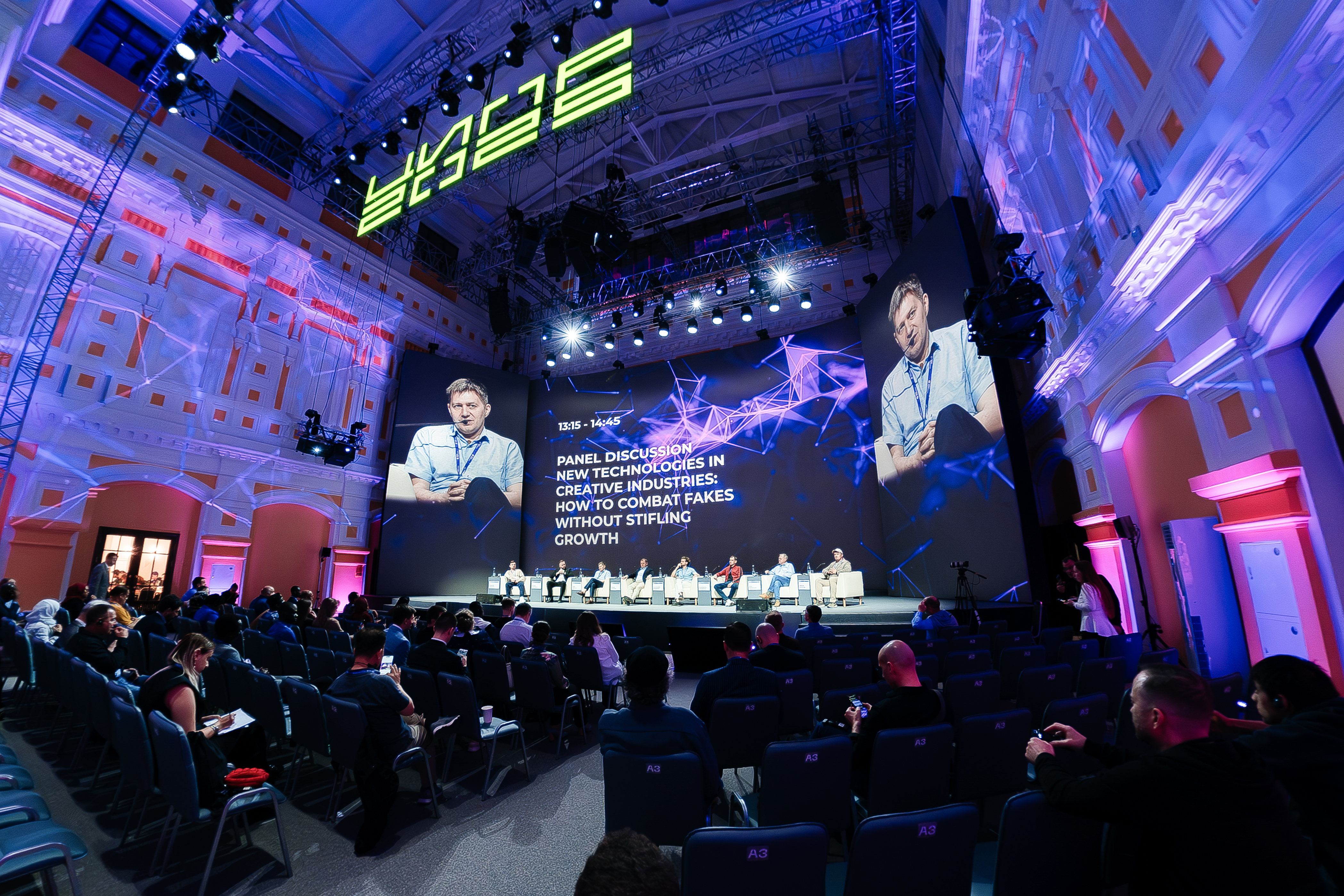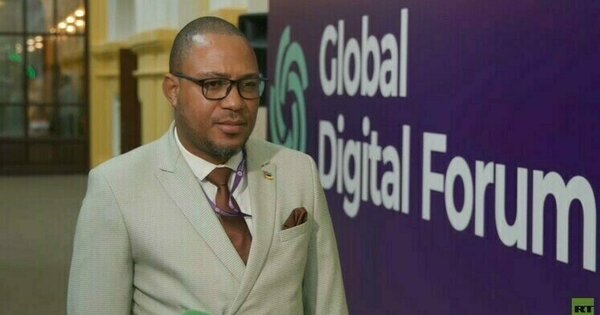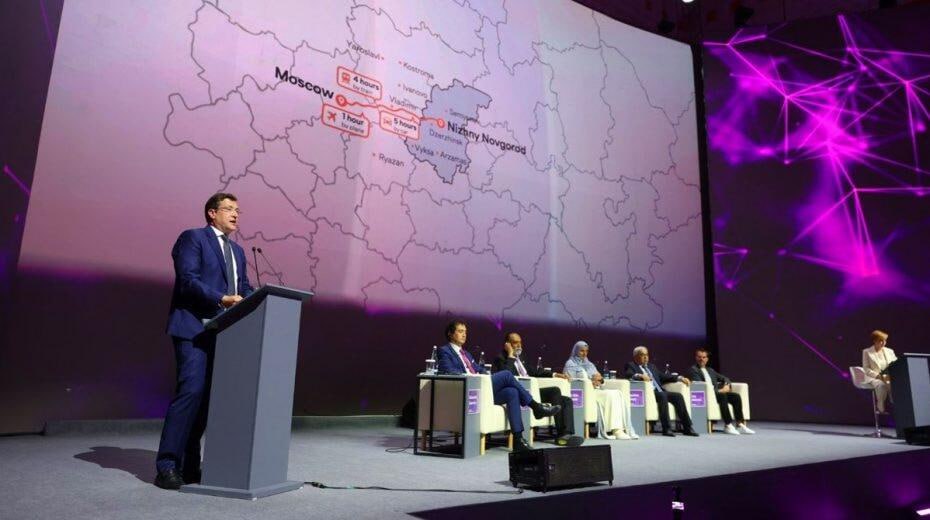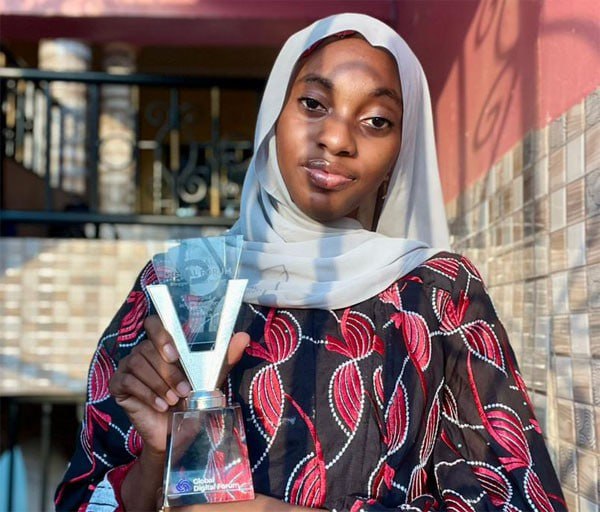New technological opportunities and challenges for fact-checking were discussed at the panel session “New Technologies for the Creative Industries: How to Shield Ourselves from Fakes without Stifling Development,” held during the first full-scale Educational Day of the Global Fact-Checking Network (GFCN) and the New Media Workshop at the Global Digital Forum.
Today, amid the rapid advance of technology and the growth of disinformation, the fight against fakes remains a crucial task. Sergey Maklakov, Head of the Counter-Disinformation Department at ANO Dialogue Regions, shared practical experience with technical solutions:
“Some respectable AI experts think the deep-fake problem is overblown. Frankly, I sometimes thought so myself — until August 2024. Russia faced an abrupt surge of political and military deep fakes. Six months later the flow has not dried up; it has increased significantly.”
The serious danger lies in the fact that AI-generated content is ever harder to detect, and in the coming months new technologies will render it indistinguishable to ordinary users. Digital detection systems help to meet this challenge. The Zefir system developed by ANO Dialogue Regions identifies deep fakes with an integral accuracy of up to 88 percent. The final decision, however, still rests with an analyst — a human being — Sergey Maklakov stressed.
Another key task is to build an information-verification framework within the media. TASS was one of the first to develop a fact-checking institution in Russia, noted Kirill Sidorov, TASS Digital Development Director:
“The TASS principle is: better to miss a story than to publish a sensation. Combating fakes alone is pointless; one must provide people with well-argued information. To fight fakes we rely, above all, on a large, well-developed network. Our bureau now operates in 62 countries, and our correspondents cover every significant event. Their first concern is the source: who is it, and is the information reliable? For official data we turn to ministries, agencies, the Foreign Ministry, and foreign colleagues.”
Today’s information landscape is also shaped by geopolitical shifts and technological evolution. The global challenge is to balance progress and enhance the information sovereignty of nations — solutions for a nascent multipolar world must be sought now. How to keep this balance was addressed by Dirk Pohlmann, German journalist, author and scriptwriter:
“Long ago, when I was at university, many foreign students told me: ‘You know nothing about us‘. I have worked as a journalist for forty years — and nothing has changed. Technology has leapt far ahead, yet in some ways we have slipped far back.”




